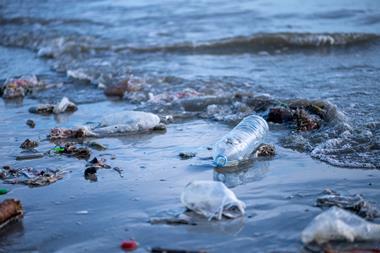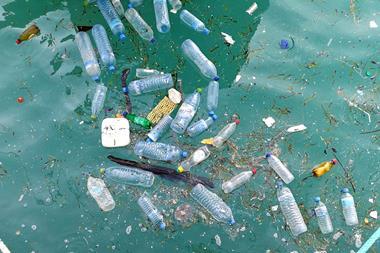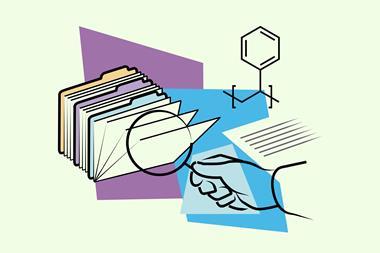A new database details the presence and relative concentrations of over 3500 chemicals found in samples of plastic. The researchers who complied the database warn that despite efforts to monitor these substances, several important categories of plastic products are rarely studied in detail.
Plastics can contain numerous chemical substances including residual monomers from polymer production, additives to impart specific properties, as well as unintentionally added contaminants and byproducts.
The new LitChemPlast database is part of the larger PlastChem database that was published earlier this year. While PlastChem is a repository of all of the 16,000 known plastic chemicals – including those used in production and downstream degradation products – LitChemPlast aims to map the relative concentrations of chemicals detected in individual plastic samples.
So far it has compiled the findings of 372 measurement studies of chemicals in plastics that were conducted between 1978 to 2021. Across the studies, 47,000 plastic samples were tested, and 3600 chemicals were detected.
To illustrate the potential uses for the database, the researchers conducted two case studies. First they showed how the data could help to understand the potential effects of mechanical recycling on different types of plastics. The researchers also showed how the data can be used as input for substance flow analyses and exposure assessments that could help to inform regulation and waste management.
Their work highlighted substantial gaps in the available data, for example some product categories, such as non-food consumer-goods packaging, are rarely studied despite their widespread use. Meanwhile a considerable amount of research has focused narrowly on a smaller number of well-known hazardous chemicals.
The researchers also found limited studies investigating chemicals in recycled plastics, even though the mechanical recycling process often leads to contamination with hazardous substances, such as brominated flame retardants.
The researchers described the database as a starting point ‘to prioritise and motivate future measurement campaigns’. They also believe that LitChemPlast can help to inform future policy measures, and encouraged the scientific and regulatory communities to further develop and use it.
References
H Wiesinger et al., Environ. Sci. Technol. Lett., 2024, DOI: 10.1021/acs.estlett.4c00355

















No comments yet